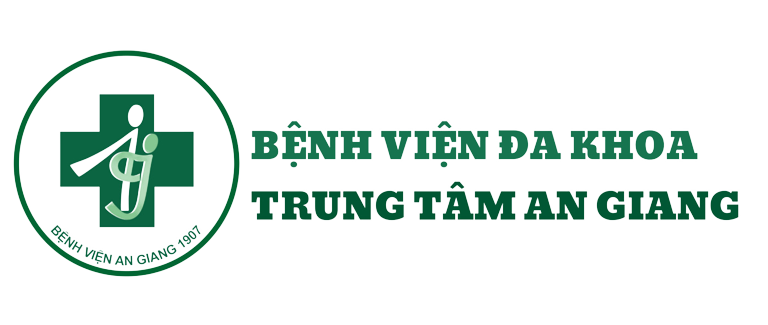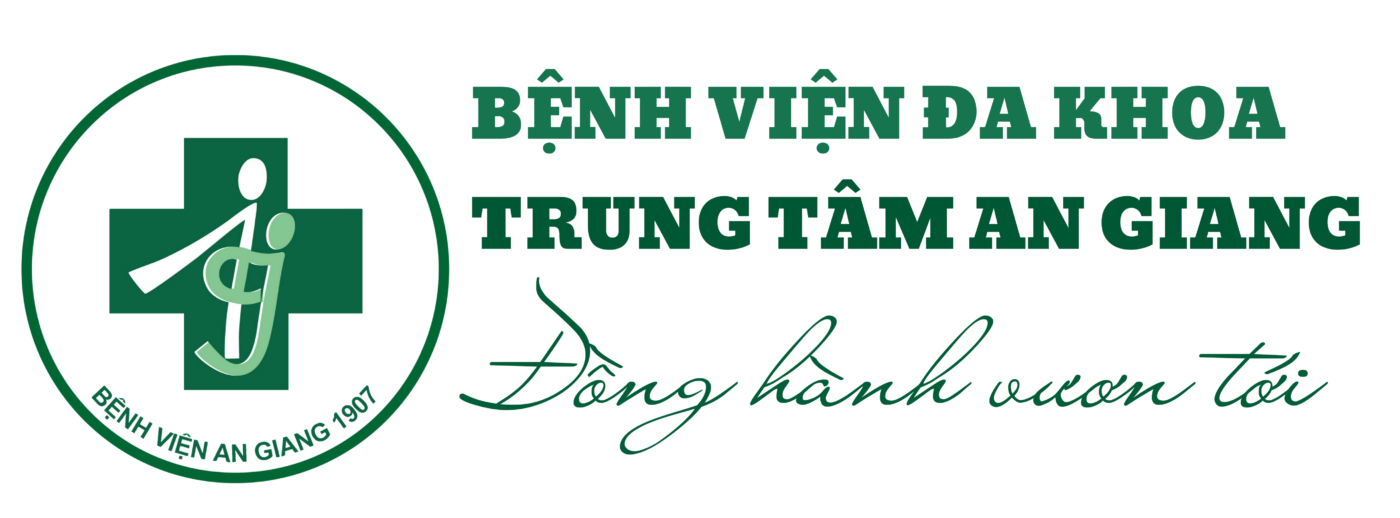Cochrane Database Syst Rev. 2005 Apr 18;(2):CD005230.
Glazener CM, Evans JH, Cheuk DK.
Health Services Research Unit, University of Aberdeen, Polwarth Building, Foresterhill, Aberdeen, Scotland, UK, AB25 2ZD. c.glazener@abdn.ac.uk
BACKGROUND: Nocturnal enuresis (bedwetting) is a socially disruptive and stressful condition which affects around 15 to 20% of five year olds, and up to 2% of young adults.
OBJECTIVES: To assess the effects of complementary interventions and others such as surgery or diet on nocturnal enuresis in children, and to compare them with other interventions.
SEARCH STRATEGY: We searched the Cochrane Incontinence Group Specialised Register (searched 22 November 2004), the Traditional Chinese Medical Literature Analysis and Retrieval System (TCMLARS) (January 1984 to June 2004) and the reference lists of relevant articles.
SELECTION CRITERIA: All randomised or quasi-randomised trials of complementary and other miscellaneous interventions for nocturnal enuresis in children were included except those focused solely on daytime wetting. Comparison interventions could include no treatment, placebo or sham treatment, alarms, simple behavioural treatment, desmopressin, imipramine and miscellaneous other drugs and interventions.
DATA COLLECTION AND ANALYSIS: Two reviewers independently assessed the quality of the eligible trials, and extracted data.
MAIN RESULTS: In 15 randomised controlled trials, 1389 children were studied, of whom 703 received a complementary intervention. The quality of the trials was poor: four trials were quasi-randomised, five showed differences at baseline and ten lacked follow up data. The outcome was better after hypnosis than imipramine in one trial (relative risk (RR) for failure or relapse after stopping treatment 0.42, 95% confidence interval (CI) 0.23 to 0.78). Psychotherapy appeared to be better in terms of fewer children failing or relapsing than both alarm (RR 0.28, 95% CI 0.09 to 0.85) and rewards (0.29, 95% 0.09 to 0.90) but this depended on data from only one trial. Acupuncture had better results than sham control acupuncture (RR for failure or relapse after stopping treatment 0.67, 95% CI 0.48 to 0.94) in a further trial. Active chiropractic adjustment had better results than sham adjustment (RR for failure or relapse after stopping treatment 0.74, 95% CI 0.60 to 0.91). However, each of these findings came from small single trials, and need to be verified in further trials. The findings for diet and faradization were unreliable, and there were no trials including homeopathy or surgery.
AUTHORS’ CONCLUSIONS: There was weak evidence to support the use of hypnosis, psychotherapy, acupuncture and chiropractic but it was provided in each case by single small trials, some of dubious methodological rigour. Robust randomised trials are required with efficacy, cost-effectiveness and adverse effects carefully monitored.





